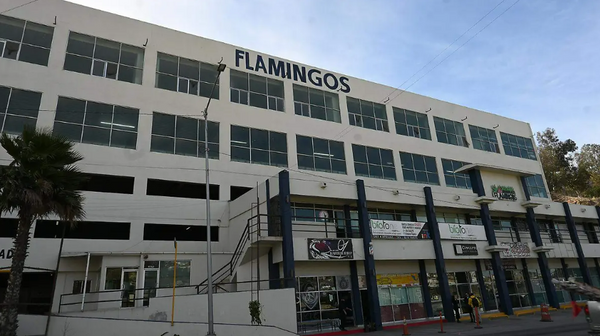
Gaza is facing a new threat as diseases resistant to antibiotics spread across the devastated territory, research has revealed.
Medical supplies are desperately scarce and tens of thousands of people have been injured in the 22-month war, while many others have been weakened by malnutrition, so the high levels of drug-resistant bacteria will mean longer and more serious illnesses, a more rapid transmission of infectious diseases and more deaths, experts said.
The findings published on Tuesday, in a peer-reviewed research comment in the Lancet Infectious Diseases, are the first since the conflict began in October 2023 to suggest a prevalence of multi-drug-resistant bacteria in Gaza.
“This will mean longer and more serious illnesses and a high risk of transmission to others. It means an increased risk of death from really common infections. It means more amputations. It’s a horrible picture,” said Krystel Moussally, epidemiology adviser to Médecins Sans Frontières and a co-author of studies on drug-resistant bacteria in Gaza and other conflict zones in the Middle East, who was not involved in the research.
The study is based on more than 1,300 samples from at al-Ahli hospital, where one of the few microbiology laboratories that is still functional in Gaza is based. Two-thirds of the samples, taken from patients over a 10-month period last year, showed the presence of multi-drug-resistant bacteria.
Bilal Irfan, one of the authors of the study, described the results as “particularly alarming”.
“We don’t even know the true scale because of the destruction of almost all the laboratories and the killing of a lot of the medical staff, so to even get a small insight into what is happening in Gaza is extremely important,” said Irfan, a bioethicist who conducts research at Harvard’s Brigham and Women’s hospital and the University of Michigan.
Gaza has suffered for decades from high levels of multi-drug-resistant bacteria as a consequence of repeated conflicts and an Israeli blockade since 2007, when Hamas seized control.
But the current context was unprecedented, experts said. Not only has Gaza’s healthcare system been decimated but sanitation systems have been destroyed, the disposal of garbage and solid waste has almost stopped and hunger is widespread among the 2.3 million population, making many more vulnerable to infection.
On Tuesday, the World Health Organization said Israel should let it stock medical supplies to deal with a “catastrophic” health situation in Gaza.
“We want to stock up, and we all hear about more humanitarian supplies are allowed in – well it’s not happening yet, or it’s happening at a way too low a pace,” said Rik Peeperkorn, WHO’s representative in the Palestinian territories.
Speaking from Jerusalem, Peeperkorn said Gaza had run out of more than half of medicines and the WHO was able to bring in fewer supplies than it wanted “due to the cumbersome procedures” and products “still denied” entry – a topic of constant negotiation with the Israeli authorities.
Peeperkorn said only 50% of hospitals and 38% of primary health care centres were functioning, and even then only partly. Bed occupancy has reached 240% capacity in the Al-Shifa hospital and 300% at Al-Ahli hospital, both in northern Gaza.
“The overall health situation remains catastrophic,” he said. “Hunger and malnutrition continue to ravage Gaza”.
Israeli Ministry of Defence officials said more than 45,000 tonnes of medical equipment had been transferred to Gaza since the beginning of the war and 13 fully equipped field hospitals established by international aid organisations.
“Israel will continue to allow the entry of medical equipment and medicines into the Gaza Strip in accordance with international law and in coordination with the international community, while taking all possible measures to prevent the terrorist organisation Hamas from seizing the aid and exploiting it for terrorist and military purposes,” the officials said.
At least 89 Palestinians, 31 seeking aid, have been killed and 513 injured in Israeli attacks across Gaza in the past 24 hours, according to the territory’s health ministry.
Israel’s offensive in Gaza has now killed a total of 61,599 Palestinians and injured 154,088 since 7 October 2023.
Three-quarters of the samples studied by Irfan and the other authors of the new study were taken from casualties suffering traumatic wounds inflicted by Israeli airstrikes or similar attacks.
In the Lancet, the authors said the threat from drug-resistant bacteria would escalate unless there was an end to the Israeli offensive and the “deliberate targeting of hospitals, laboratories and water desalination plants”.
Moussally said that the problem had been made worse by massive contamination of water sources and “no proper immunisation programmes” during the war.
The conflict was triggered by a surprise attack by Hamas into Israel in which militants killed 1,200 people, mostly civilians, and abducted about 250 hostages, of whom 50 remain in Gaza. Only 20 are believed to still be alive.







